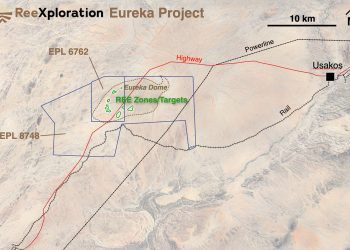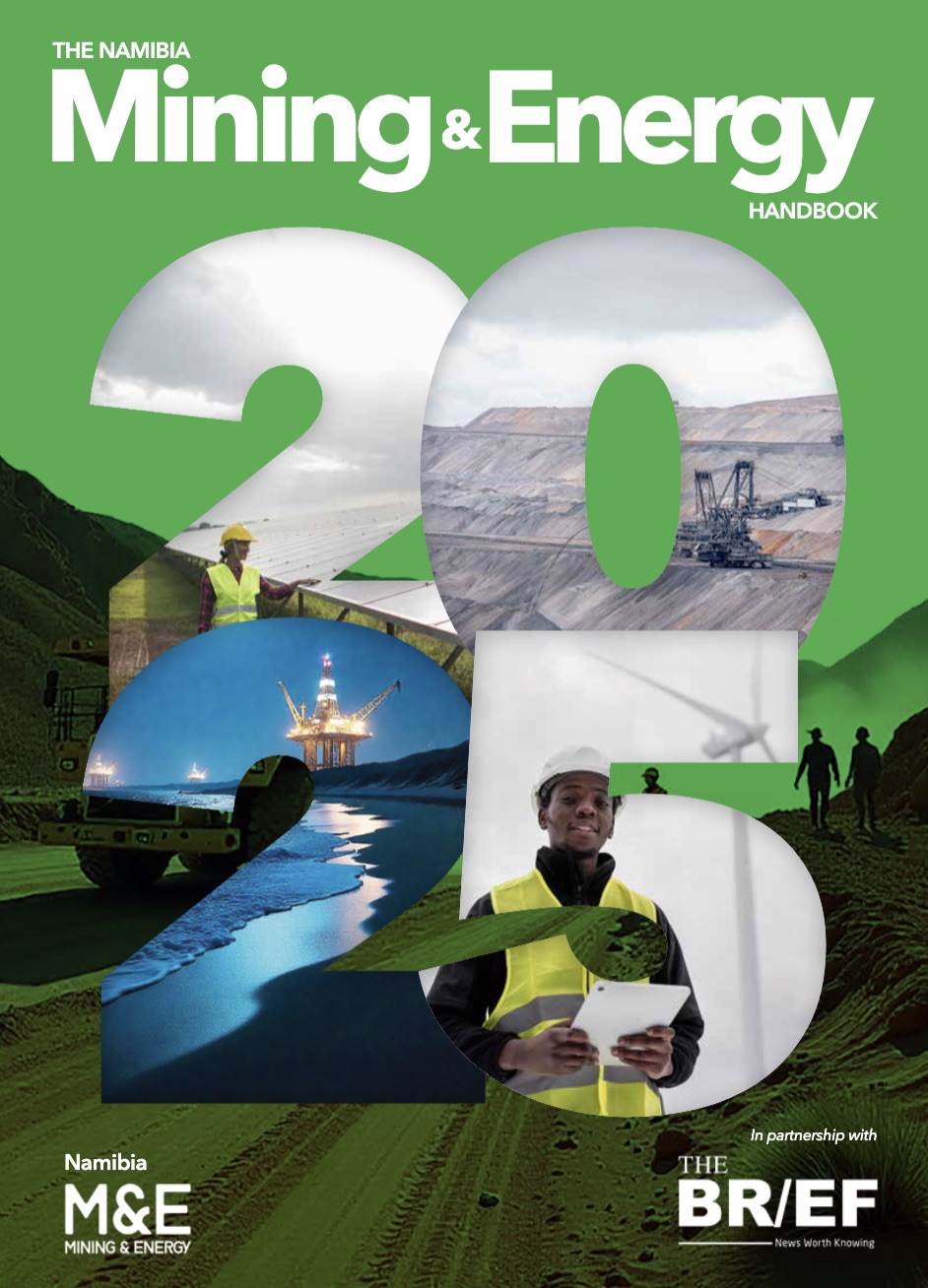
Rising shipments of copper, zinc, and uranium concentrates drove a 4.8% increase in cargo volumes through Namibia’s ports, with Walvis Bay and Lüderitz recording major gains linked to the mining sector.
The Namibian Ports Authority (Namport) reported total cargo throughput of 8.42 million tons for the year ending 31 March 2025, up from 8.03 million tons the previous year.
Bulk and break-bulk cargo grew by 12.8%, supported by mining exports and increased imports of fertiliser, sulphur, ammonium nitrate, and petroleum.
Namport reports that Lüderitz saw the strongest year-on-year rise, with cargo volumes increasing by 21.7% to 1.47 million tons.
Namport’s Executive for Commercial Services, Elias Mwenyo said this was largely driven by imports of petroleum, machinery and containers, along with steady exports of zinc ore and frozen fish.
At Walvis Bay, exports dipped 5.7%, but key gains were made in salt bulk, copper and lead concentrates, and charcoal.
Mwenyo noted that first-time shipments of nickel and zinc concentrates positioned Namibia in the global trade of critical minerals.
“The mining sector has been instrumental in our cargo performance. Without the export of mineral commodities, particularly from our ports at Walvis Bay and Lüderitz, we would not have seen the kind of year-on-year growth reflected in this period,” said Mwenyo.
Container volumes reached their highest level in over a decade, rising 33% to 253,996 TEUs. While vessel calls declined by 13%, Namport noted a shift to larger, high-capacity vessels, especially at Walvis Bay.
“Namibia’s ports are now handling products central to the global energy transition and industrial technologies. That creates new investment pathways and shows our infrastructure is responding to shifting trade demands,” said Mwenyo.
“Beyond raw tonnage, the strategic value of cargo is shifting. High-value, high-volume containerised goods are what we’re attracting. That’s a direct result of targeted partnerships and infrastructure investment,” he said.
Namport credited its performance to collaboration with industry players and ongoing upgrades in port infrastructure.
“We’re not working in isolation. Our results are tied to the mining sector, shipping lines, government agencies and, crucially, the trust of our cargo owners. That ecosystem is what’s driving this momentum,” said Mwenyo.







